ID: 8LW-GX6
ID: 8LW-GX6
Thorald
Choerospondias axillaris
Photo
Nepal
15:16 - 10°C
My connections
The project I am part of
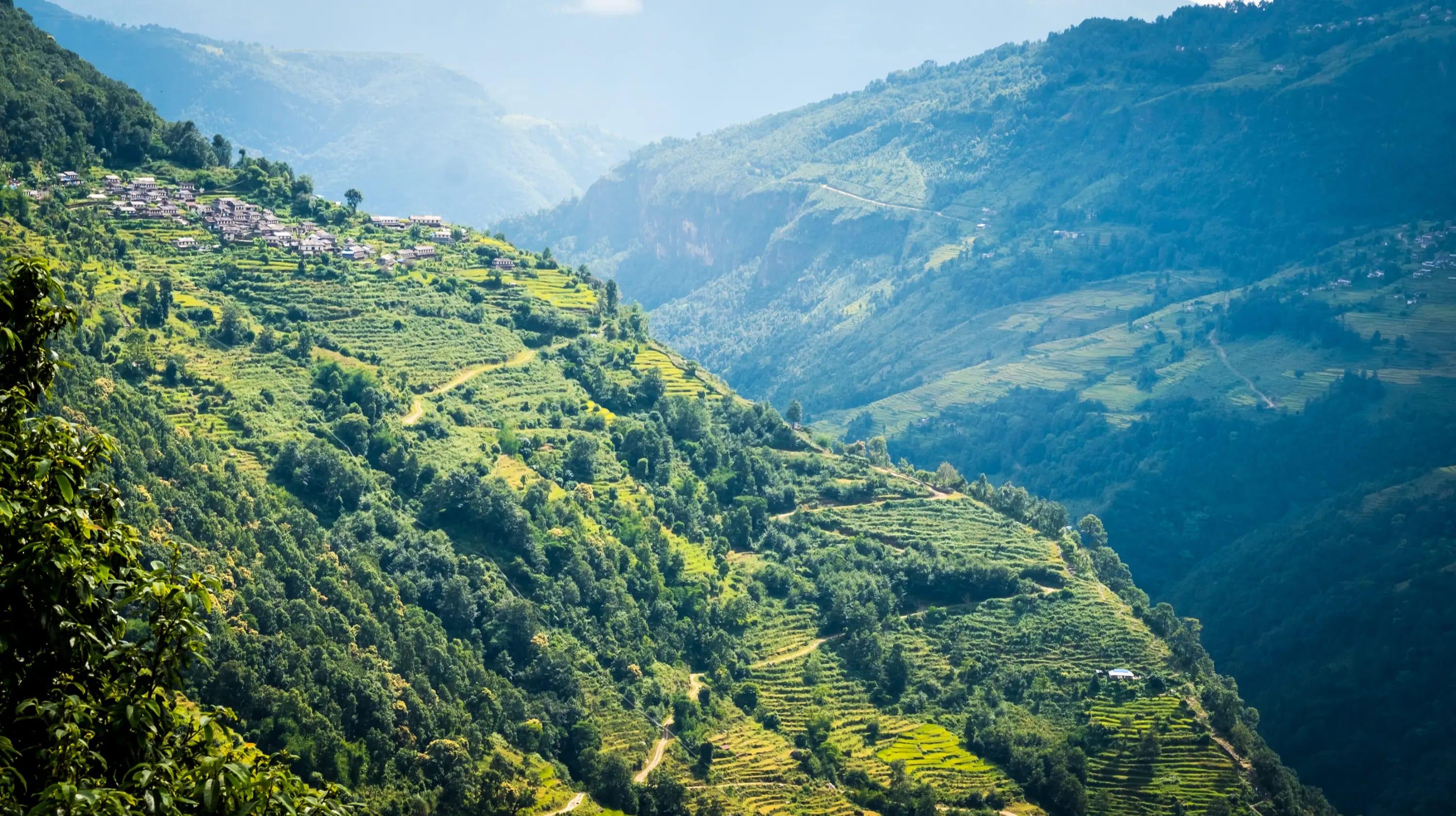
Nepal
6,467
Involved farmers
126,767
Planted trees
Between the Himalayan peaks and Nepalese valleys, Treedom collaborates with local communities to plant primarily coffee and fruit trees. It's a project that supports the mountain economy and strengthens the resilience of highland areas.
My ID card
Who am I?
Tree
Lapsi
Date of birth
12/16/2019
Also known as
Thorald
Name
Lapsi

/85.246942238316,27.980421351493,0/500x333@2x?access_token=pk.eyJ1IjoidG9tbWFzb3NwZXJvbmkiLCJhIjoiY2tnOTE3eW12MDJqazMybXNzOWV1YjloOSJ9.wtGsuDU7XIKjcv2cq8CiXw&logo=false&attribution=false)
Where am I located?
Country
Nepal
Place of birth
Kalika
Coordinates
27° 58′ 49.52″ N | 85° 14′ 48.99″ E
My Timeline
The important moments in your tree's life.
Seed
It all starts with a tiny seed, nice and warm in the soil.
Nursery
Your seedling is big enough to be welcomed into one of our nurseries, along with many others.
Planted
We’re here! Your tree has reached its new home: it’s been planted by a smallholder, who’ll take care of it for years to come.
Photo
Strike a pose! Now that it’s big enough, here’s a photo of your tree!
My Gallery
Nursery
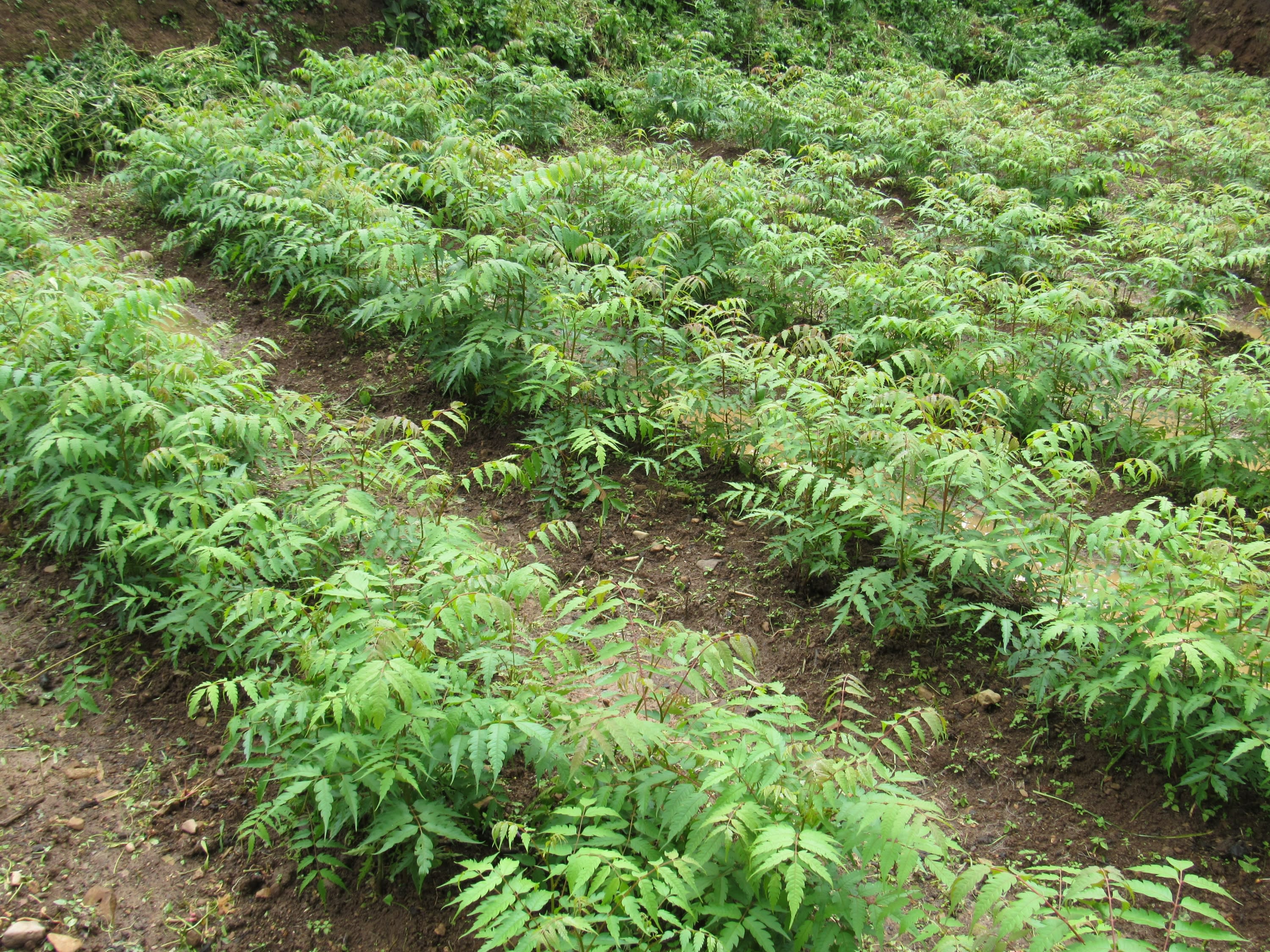
Planted
/85.246942238316,27.980421351493,0/500x333@2x?access_token=pk.eyJ1IjoidG9tbWFzb3NwZXJvbmkiLCJhIjoiY2tnOTE3eW12MDJqazMybXNzOWV1YjloOSJ9.wtGsuDU7XIKjcv2cq8CiXw&logo=false&attribution=false)
85° 14′ 48.99″ E
Photo
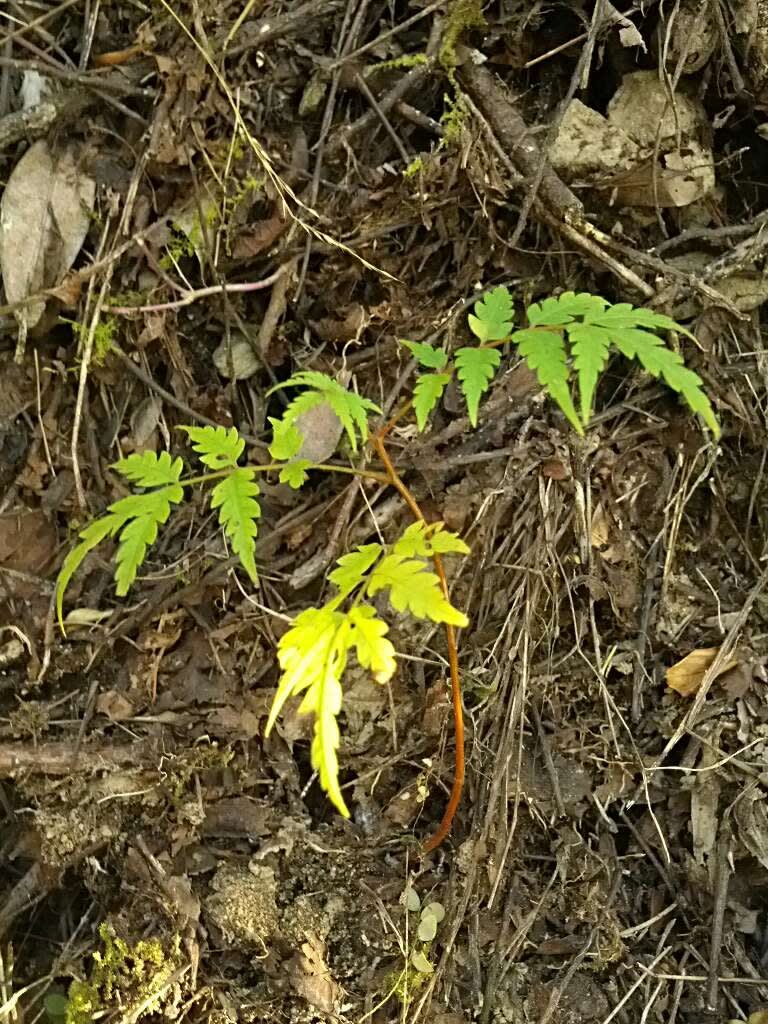
Curiosity about me
The important moments in your tree's life.
Let's start with introductions
Lapsi is the local name of a tree also known as the Nepalese Plum. Capable of growing up to 20 meters high, it is widespread in various Asian countries, but in Nepal it has its ideal habitat. It makes edible fruits about 3 cm long with a whitish pulp and a greenish skin. They are used to make pickles, jams, candies.
Meaning
Goodness
Its fruits, besides being used to make sweets and candies, also have medicinal properties. They are good in every sense!

How much CO2 I’ll absorb
My estimated CO2 absorption capacity is based on the first 10 years of my life*
Current absorption
- 120 kg
2019
0 kg
2029
-200 kg
* The tree will continue to absorb CO2 even after the tenth year. Therefore this is a prudent estimate.
How I am useful to local communities
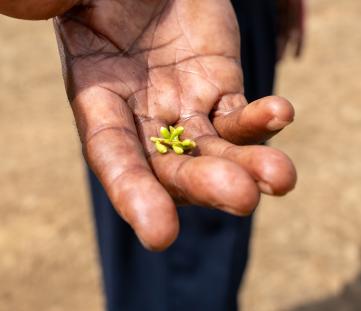
Medicine
Its leaves, roots, bark and/or fruits are used in traditional medicine.
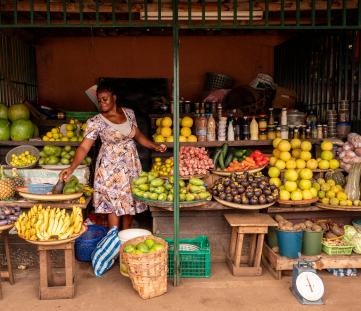
Consumption and sales
Its fruits, seeds and/or leaves are used as food in the farmers' families or are sold on local markets.
My benefits
90%
Food Security
The trees will bear fruits, some that will be edible immediately and others that can become edible through processing, ensuring food resources over time.
90%
Economic development
The trees' fruits and the products derived from their transformation can be traded in local networks, offering income opportunities.
60%
CO₂ Absorption
During its life cycle, each tree will absorb CO₂. The trees you plant can offset your emissions.
40%
Environmental protection
The trees are planted in agroforestry systems that favor the virtuous interaction between the different species and their positive impact on the environment and on the land.